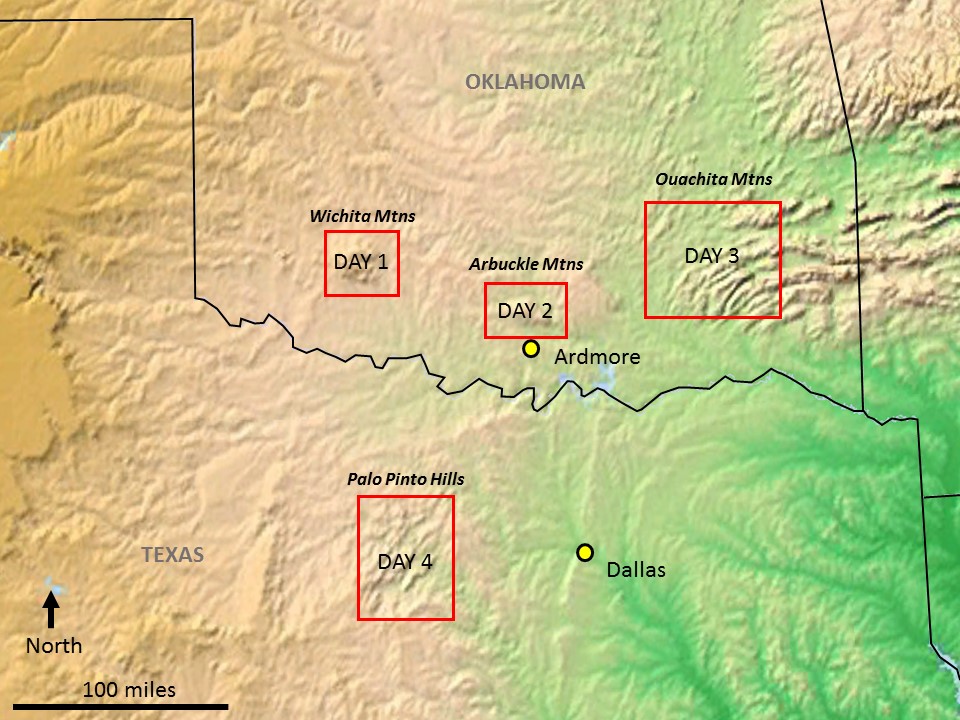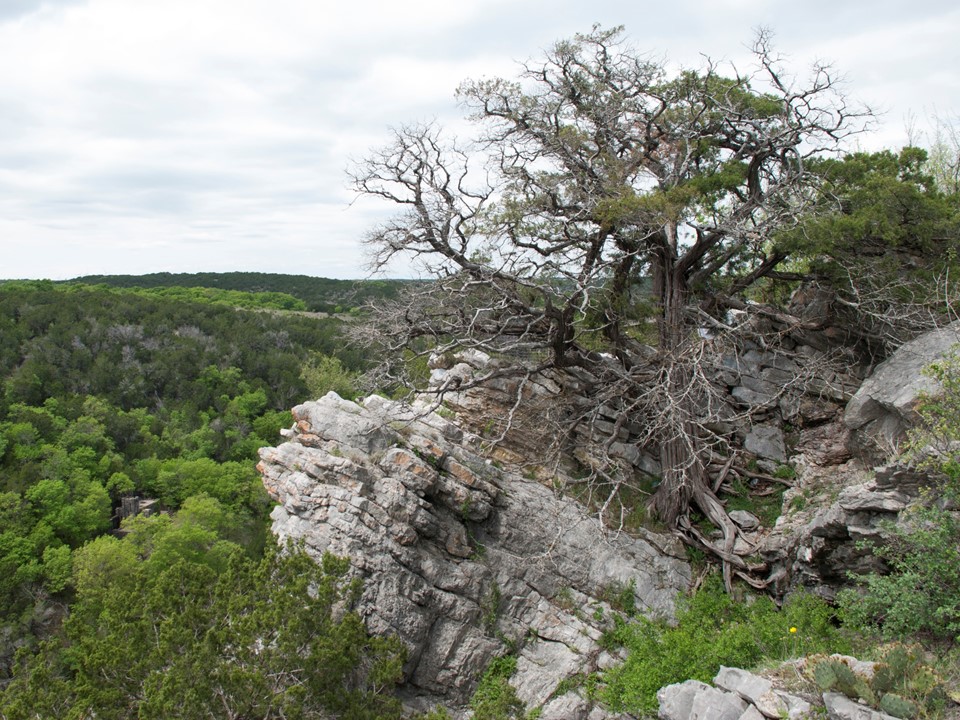Structural Styles and Tectono-Stratigraphy for the Mid-Continent
DISCIPLINE: Field Courses
COURSE LENGTH (DAYS): 4 Days
CEUS: 3.2
AVAILABILITY: Public & In-House
Check back in periodically for updated Public and Live Online course dates! To schedule an In-House course, contact SCA’s Training Department at training@scacompanies.com.
WHO SHOULD ATTEND: This course is intended for geologists, geophysicists, and reservoir engineers exploring and developing hydrocarbons in the mid-continent region including the Arkoma, Anadarko, Fort Worth and Permian Basins. The course aims to highlight connections between tectonics, structure, sedimentation, and stratigraphy. As such, broad familiarity with common geologic concepts is expected.
LEARNING OUTCOMES:
- Introduction to the major tectonic elements of the mid-continent region.
- Introduction to the Paleozoic stratigraphy of the mid-continent region.
- View conventional reservoir rock in carbonate and clastic units.
- View unconventional reservoirs in mudstone and fractured basement.
- Receive a comprehensive overview of major structural styles including extension, contraction, inversion, strike slip, and gravity-sliding; and see examples of each in outcrop.
COURSE DESCRIPTION: The mid-continent region includes the Arkoma, Anadarko, and Fort Worth Basins. While the Permian Basin is often discussed as its own province, it is contemporaneous with the other mid-continent basins, shares many structural and stratigraphic similarities, and is discussed in this course as part of the mid-continent system. The region has a complex structural history with compelling evidence of extension, strike slip, both thin- and thick-skinned contraction, as well as gravitational collapse. Karst and fractures are common across the region. Conveniently, all of these structural styles are exposed in southern Oklahoma and parts of the adjacent prairie in Texas. In places, the stratigraphy is well exposed and the entire Paleozoic section can be observed in outcrop. While facies and formations vary with large distance, the fundamental tectonic evolution of this field area and the impact of deformation on contemporaneous sedimentation here is representative of what happens across this multi-state area.
This course aims to provide a coherent overview of the structure and stratigraphy of this multi-basin region. We will view in outcrop the entire stratigraphic section from basement through Pennsylvanian. We will see in outcrop examples of all major structural styles except for salt tectonics. We will be able to document the timing of basin formation and the associated response of the sedimentary system to active deformation. We will view conventional carbonate and clastic reservoir rocks as well as the Woodford unconventional reservoir.
COURSE CONTENT:
DAY 1: Wichita Wildlife Refuge: Basement and its Discontinuities
- Anomalous geologic features are often attributed to pre-existing zones of basement weakness. We begin the field course in granitic basement discussing foliation, dikes, faults, and fractures. We then look at the recently-active Meers Fault to see its relationship to these discontinuities.
DAY 2: Arbuckle Mountains: Inversion of the Paleozoic Carbonate Platform
- While viewing well-exposed Cambrian through Mississippian strata, we will be able to decipher the tectonic history of the Southern Oklahoma Aulacogen which bounds the Anadarko Basin and has the same multi-phase history as the Central Basin Platform. At the outcrop scale, we will see exceptional examples of contractional, strike slip, and extensional features. We conclude the day with investigation of the Woodford unconventional reservoir.
DAY 3: Ouachita Mountains: Fluvial Response to The Allegheny Orogeny
- We will look at the fold and thrust belt and its adjacent foreland basin (Arkoma). While loading of the orogenic system drives subsidence, collision also reorganizes sediment provenance and transport pathways driving a regional change from carbonate to clastic deposition.
DAY 4: Palo Pinto Hills: Growth Faulting on the Pennsylvanian Shore
- Despite the mid-continent basins forming in contractional tectonic settings, we find extensional growth faults driven by gravity and sediment instability along the Pennsylvanian shore-face.


